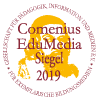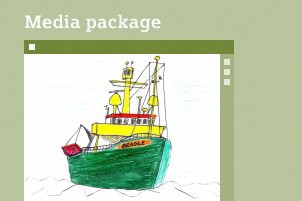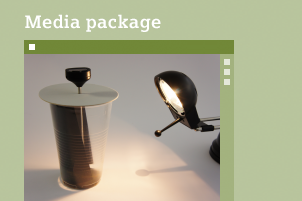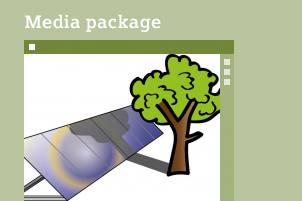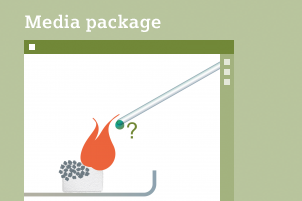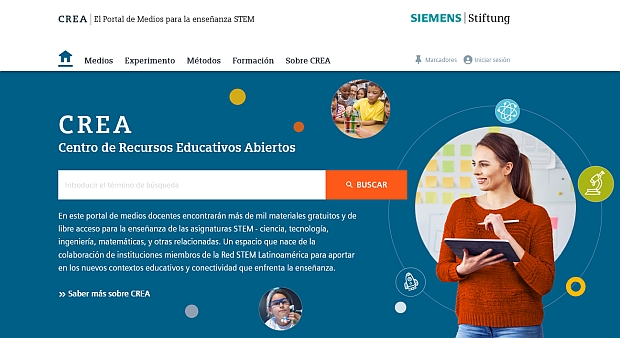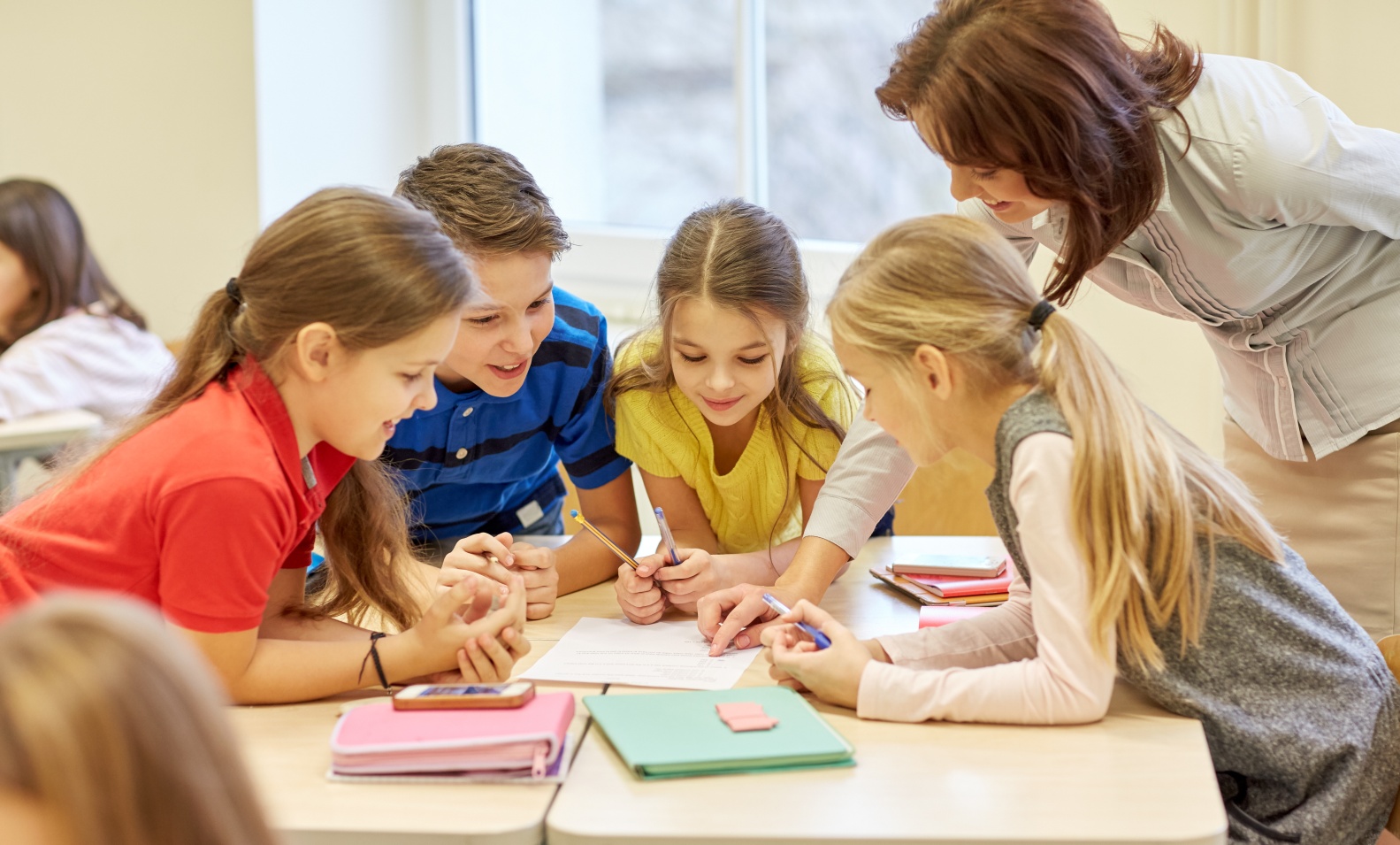
Learning with inclusive teaching materials
Diversity as an initial situation
Diversity is on everybody’s mind in the current debate around education. Whether it’s welcomed or seen as a problem: Diversity in the classroom is a reality. Kids from varied cultural, ethnic, and socioeconomic backgrounds and different levels of educational readiness are increasingly the norm in classrooms. For teachers, the disparate backgrounds of the students present new challenges in structuring the lesson plans. The goal, after all, is to support every child according to his or her abilities in a shared classroom experience. How can this be achieved?
Method Media SourcesOpen, collaborative learning environments and a shared learning process around a shared subject: This is the foundation of inclusive learning.
Inclusive learning –
How does it work?
Supporting all students according to their individual abilities is first and foremost a didactic challenge. Current studies indicate that hands-on, research- and development-driven instruction that addresses the interests of all students and taps into their prior knowledge and experiences is the way to improve shared learning: Incorporating dialog into the learning process makes it possible for students to link their prior experience to their newly acquired knowledge and contribute to the class.
A key component of this type of teaching is differentiated teaching material that accommodates the unique ways in which different students approach the common curriculum and respects the varying speed with which students work and learn. It’s helpful to have a low threshold to entry followed by increasingly in-depth assignments at varying levels of understanding and abstraction. Alternating between groups with uniform skill levels and groups with diverse skill levels ensures that students support one another on complex assignments and that students at various levels make individual progress. Collaborative learning allows the alternation of individual and collaborative phases of instruction and helps link specialized and social learning processes.
Various aids (interactive media, incremental hints, etc.) provide step-by-step support in solving a problem but are designed to also allow students to find their own learning and problem solving paths. The students use a group dialog to reflect on their various strategies, deepening their understanding of the topic.
Scientific insights
on inclusive learning
One characteristic of inclusive learning are open teaching methods that use cleverly worded assignments to open the door to different options and paths for learning. This accommodates each student’s individual needs, and it gives top-performing students the opportunity to cultivate specialized and cross-disciplinary abilities and proficiencies. This means the teacher needs to track various levels of specialized and cross-disciplinary skills. In addition to the openness in social interrelationships and interactions of a “feedback culture”, successful inclusive education depends on flexible instruction that is transparent to all students and open to change: with practiced routines, clear guidelines and expectations, and manageable content (Reich 2014). Bintinger and Wilhelm report “positive experience with a balance between group learning situations and differentiated work” (Bintinger und Wilhelm 2002).
A shared learning process around a shared subject is seen as a key component of inclusive education. The focus is not directly on the shared subject matter but on the individual learning process that can lead to entirely different skill acquisitions and learning outcomes among the students. This design element requires teachers to creatively identify and develop a context that ...
- contains interesting phenomena or interrelationships
- may provide eye-opening insights
- explores questions in line with the interests, needs, and strengths of the students
- incorporates individual paths and styles of learning
- is socially relevant
- takes into account multi-sensoric and multimedia approaches.
Inclusive education requires planning
It needs to be easy for teachers to plan inclusive education, specialized and cross-disciplinary input, and skill acquisition objectives for students. The “Didactic Planning Tool for Inclusive Education” (see graphic below) of Heimlich and Kahlert (2012) was originally introduced as a planning and teaching model for special needs education in primary schools. The iMINT-Akademie Berlin (STEM Academy of the Senate Administration for Education, Youth, and Family Berlin) demonstrated its practicality for mainstream science classes in grades 5 and 6. The model enables inclusive access to subject areas and specialized content that incorporates real-world, technical, and didactic perspectives on areas of supportive educational development. Ultimately, the goal is to develop adequate educational content for a specific learning group.
The iMINT-Akademie in Berlin developed standards for inclusive science education which outline the requirements for inclusive education, providing integrated, interdisciplinary quality criteria that can be captured in a checklist.
Didactic Planning Tool for Inclusive Education
The graphic depicts the basic structure of the didactic planning tool for inclusive education. The outer perimeter shows the areas of development, which the iMINT-Akademie expanded in 2017 to include the creative aspect. The inner area shows the content of the STEM canon of subjects. These fields can be filled in and linked according to the model and used to plan lessons.
Based on Prof. Heimlich, Ludwig-Maximilians-Universität München (LMU)
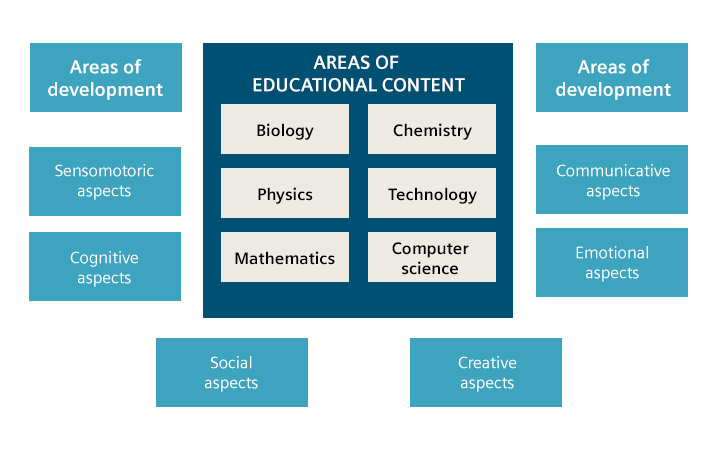
How effective is inclusive education?
Even in diverse classrooms, it’s possible for all students to be supported without the quality of the instruction suffering. Quite the opposite: Inclusive learning supports a methodology that caters to diversity and community. The students learn to open up to and help one an-other and to appreciate others, even – or especially – when they’re “different.” They build values like tolerance, team spirit, and a sense of responsibility that are applied in practice in the classroom instruction and serve the learning process.
The diverse group is seen here as a key prerequisite for successful collaborative learning, since students can alternate in learning from one another in content and methodology. “The result is that students with special learning needs really benefit when they work alongside high-performing children and adolescents” (Benkmann 2009). Nor are quick-learning and high-skill students disadvantaged: They perform at the same level in collaborative models. The collaborative form of peer tutoring, in which peers act as co-teachers for other students, emerges here as the most appropriate strategy for teaching in inclusive learning groups (Büttner, Warwas & Adl-Amini 2012).
Classrooms in flux
Classrooms can be transformed into inclusive learning workshops. Teachers present a collection of ideas, questions, and subjects on a particular topic with as much open access as possible for the students. This creates a specific kind of inviting, question-generating learning environment with a challenging character where students can delve into subject matters. Wedekind calls it the “please touch me learning environment with the thinking hand” (Wedekind 2014). Learning is seen as an active, constructive, and simultaneously individual process in which students are the driving force. The focus on the phenomenon, when embedded in contexts, results in situated learning.
Learning workshops as barrier-free spaces accommodate key demands made of inclusive learning environments: They “enable the free selection of subjects, partners, methods, time, place, and material – through appreciation, they give students security and experiences of self-empowerment, and they incorporate elements of diagnosis through the reflection on learning paths” (Wedekind 2017).
About the author
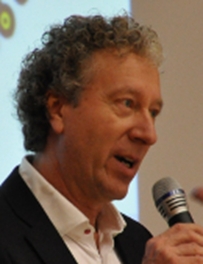
Joachim Kranz spent three decades working in schools (Humboldt-Gymnasium Berlin) and one decade as an Advisor for Science and Business-Labor-Technology at Senatsverwaltung für Bildung, Jugend und Familie Berlin (Senate Administration for Education, Youth, and Family Berlin), including detailed work on standards (co-author of the educational standards of the Standing Conference of the Ministers of Education and Cultural Affairs in the Federal Republic of Germany for the MSA in Chemistry) and general curricula. Since 2018 he has been an independent consultant advising education students at Humboldt Universität Berlin, presenting advanced training seminars at the iMINT-Akademie, and advising German international schools and other educational institutions.
Media for the application of the method
Siemens Stiftung has developed inclusive experimentation units for grades 5 to 10 in collaboration with its German partners iMINT-Akademie der Senatsverwaltung für Bildung, Jugend und Familie Berlin (STEM Academy of the Senate Administration for Education, Youth, and Family Berlin) and Landesinstitut für Schulqualität und Lehrerbildung Sachsen-Anhalt (state institute for school quality and teacher training in Saxony-Anhalt).
Sources
(German only)
Benkmann, R. (2009): Individuelle Förderung und kooperatives Lernen im Gemeinsamen Unterricht. Available at: http://www.psychologie-aktuell.com/fileadmin/download/esp/1-2009/benkmann.pdf [08/20/2018].
Bintinger, G., & Wilhelm, M. (2002): Inklusiven Unterricht gestalten. Creating Inklusive Education. Behinderte in Familie, Schule und Gesellschaft(2), S. 41-60
Büttner, G., Warwas, J. & Adl-Amini, K. (2012): Kooperatives Lernen und Peer Tutoring im inklusiven Unterricht. . In: Zeitschrift Für Inklusion, (1-2). Available at: https://www.inklusion-online.net/index.php/inklusion-online/article/view/61 [08/20/2018].
Heimlich, U. & Kahlert, J. (2012): Inklusion in Schule und Unterricht. Kohlhammer Verlag.
Reich, K. (2014): Inklusion und Bildungsgerechtigkeit: Standards und Regeln zur Umsetzung einer inklusiven Schule 1 (p. 245).
Wedekind, H. (2017): Orientierungshilfe Lernwerkstätten. Deutsche Kinder- und Jugendstiftung.
Wedekind, H. (2014): Phänomen als Lernanlass. Alice Salomon Hochschule Berlin.

